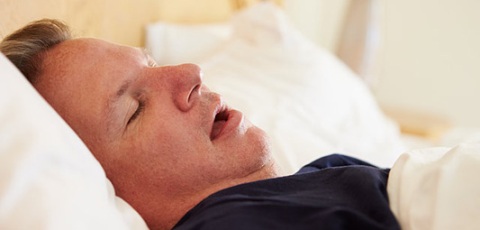Nocturnal sleep apnea: Symptoms, risks and remedies
The sleep apnea can be defined as the repeated cessation of breathing during sleep, a situation that can have severe consequences for health. What are the symptoms of nocturnal sleep apnea? What are the risks that can lead? And, above all, what to do?
The body of the person who suffers from sleep apnea is subjected to enormous efforts to unlock breathing, with an increase in heart rate and a considerable strain on the heart, to which must be added the consequent daytime sleepiness. Let’s see more closely what is behind this health disorder and how we can catch it on time.
The sleep apnea affects both men and women. People with higher risk of apneas are those who snore loudly during sleep, who have overweight, high blood pressure and those with physical abnormalities in the nose or throat. Sleep apnea also has a strong hereditary, and is associated with smoking, abuse of sedatives and high consumption of alcoholic beverages.
Table of Contents
Types of Sleep Apnea
There are several types of apnea, central sleep apnea, obstructive sleep apnea and mixed sleep apnea. Let’s see what the difference between them is:
- Central sleep apnea (CSA) is caused by a disorder of the nerve centers that control breathing and appears related to some neurological diseases. In practice, the respiratory muscles do not receive the nerve impulse.
- Obstructive sleep apnea (OSA) is the most common form of the disease, and is caused by mechanical obstruction of the upper airway.
- The Mixed apnea is a combination of Obstructive and Central forms.
Risks of sleep apnea
Snoring is not always synonymous with the so-called sleep apnea syndrome, but we should not underestimate any symptoms, including daytime sleepiness that sometimes we blame wrongly to poor sleep.
Sleep apnea is a very complex clinical condition to be treated because it can have serious consequences. Thus, for example, increases the risk of cerebrovascular disorders such as stroke, heart disease and cerebrovascular accidents.
On the other hand, due to the drowsiness caused by apnea, increases the likelihood of traffic accidents, down performance at work and memory is affected.
The diagnosis of sleep apnea is done through an evaluation in a specialized center for the realization of specific tests, such as a study of polysomnography, a diagnostic test that helps to identify with certainty the existence and scope of the apnea and to detect the neurophysiological and cardiovascular changes.
Treatments for sleep apnea
The treatments for sleep apnea can be of various types:
The behavioral therapies, whose first treatment is to burn fat, since it has been confirmed that reduce 10% of bodyweight in cases of overweight can improve the apnea-hypopnea index. Also should try to change body position during sleep and avoid drinking alcohol and sedatives before bedtime, leave the snuff, and go to bed and get up at the same time.
Mechanical ventilation: With a device called CPAP with or BiPAP and which are known as sleep apnea masks that help maintain adequate oxygenation during off hours.
The surgical therapies: It is expected the correction of defects or anatomic abnormalities diseases of the upper respiratory tract, such as interventions in the nose, tonsillectomy or reducing excessive tissue in the soft palate.
